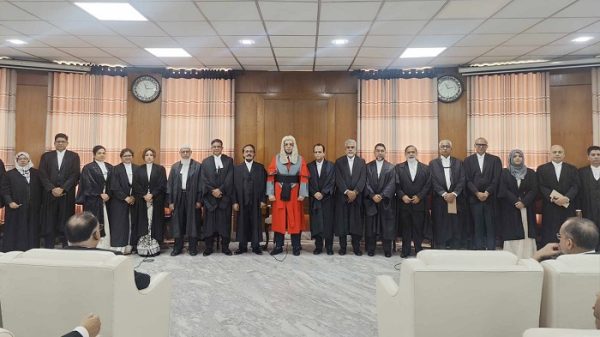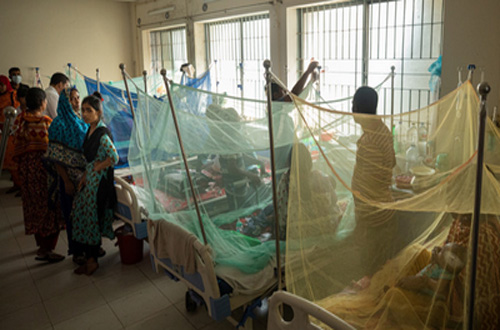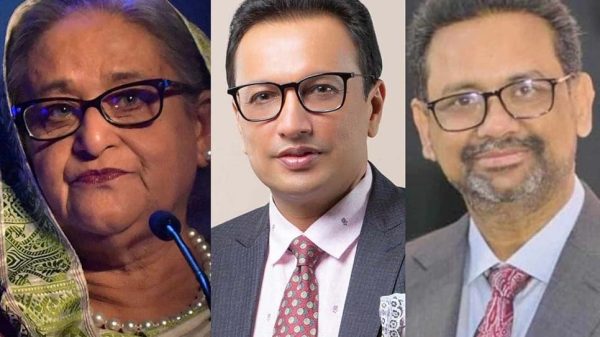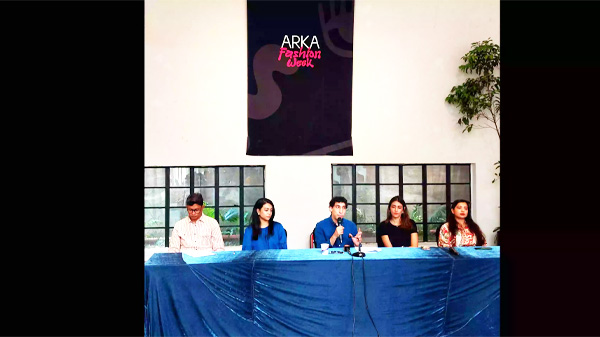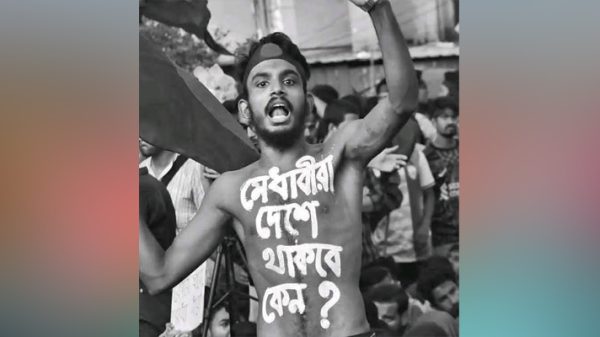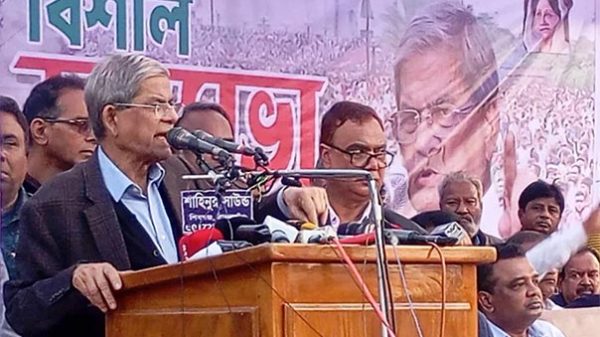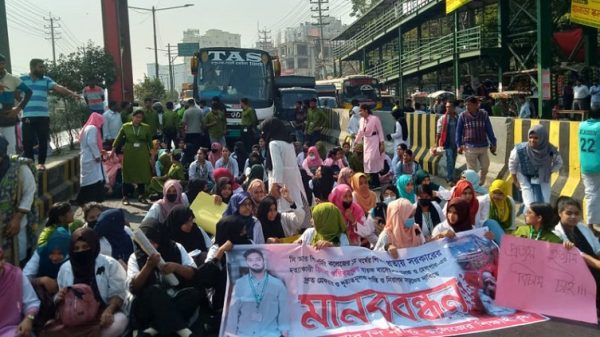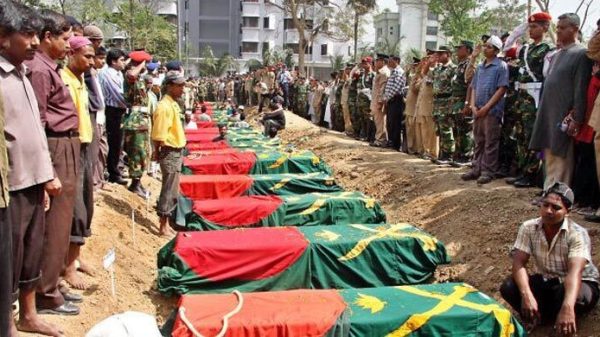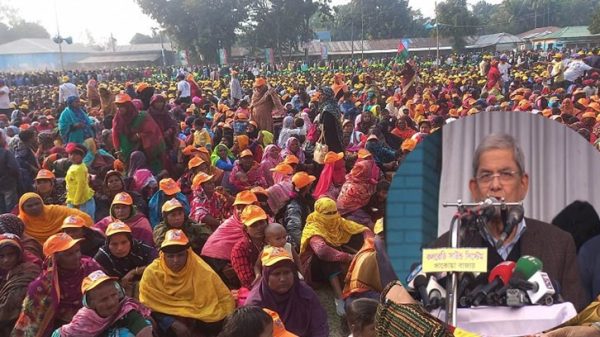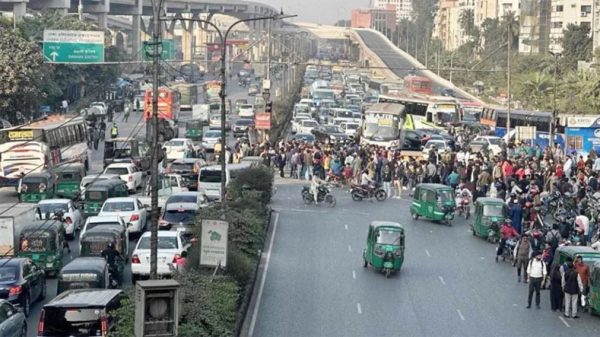Evolution of the ‘Sakrain’ in Old Dhaka from the ’60s to now

- Update Time : Friday, 19 January, 2024, 07:02 pm
- 146 Time View
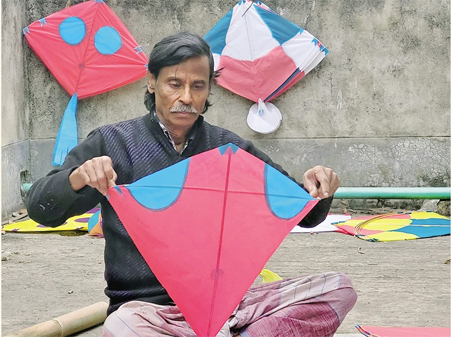
Online Desk: The heartbeat of Old Dhaka quickens as the wintery month of January comes. The sky suddenly gets dim with fog and immense cold, but on the 14th, the sky is adorned with vibrant kites- red, white, purple, yellow, or orange, as one can imagine. It is like the seven colours of rainbow raining in droplets to the rooftops of ashes high-rise of Old Dhaka, as it is ‘Sakrain’, the most famous and iconic festival of Dhakaites. Someone from the roof will be found screaming ‘Bagatta Lot, Bagatta Lot Lot’, meaning ‘the kite has been cut, fetch it,’ as he successfully cuts a kite.
The celebration of Sakrain is deeply ingrained in the cultural amalgamation of this historic part of the city. Sakrain marks the culmination of the Paush Sankranti festival, a traditional farmer’s festival that heralds the arrival of longer days and the end of the harvest season, celebrating the season’s bounty and giving thanks for a successful harvest. It’s also considered a time for family gatherings, feasts, and rejuvenation. The Hindu community still celebrates this festival with lots of enthusiasm and spirituality.
Sakrain has different shades, just like the colour of its kites. It has been a long journey, and the whole festival has evolved over time.
In the alleys of Luxmi Bazar, Narinda, and Dayaganj, the air is filled with nostalgia as Shawkat Ali, a 70-year-old elderly resident of the area, recalls a time when Sakrain was a simpler affair.
“There were no high-rise buildings in Dhaka. Even Matijheel was quiet, and the crowded areas used to be Luxmi Bazar, Kaltabazar, and Narinda. We used to arrange feasts in Sakrain and play kite fights all day long,” he reminisces, a twinkle of fond memories in his eyes.
“The highlight was the delicious food prepared with the newly harvested rice and seasonal ingredients. Traditional dishes like ‘Pitha’ (sweet and savory rice cakes), ‘Paatishapta’ (pancakes filled with coconut and jaggery), ‘Paayesh’ (kheer), and ‘dudh puli’ (sweet rice balls) are common in this festival. We, the younger ones, used to cook biriyani all by ourselves,” said Shawkat Ali.
“Sakrain was a great event for the love birds and the roadside Romeos of Dhaka,” Shawkat Ali laughed and told how the kites used to be a medium of expressing love or just communicating through kites. But looting a kite was a different fun altogether. It was like a pride to the kids to demonstrate the looted kites.
The rooftops of Old Dhaka come alive during Sakrain, with colourful kites dancing in the sky and the younger generation engaging in spirited kite fights. It’s a spectacle that paints the cityscape with hues of tradition and joy. However, Sakrain has recently transformed, embracing a more commercialised identity.
The landscape has changed, with the owners of the grand houses generously offering their rooftops for rent. Attendees are treated to a curated experience with music, food, and a festive atmosphere. These rooftop events, once a gathering of neighbours and friends, have now evolved into fully-fledged discos, with entry fees ranging from 1000 to 2000 taka, and sometimes even more.
The transformation of Sakrain is evident in the evolution of kite-making. In the 1960s, the preparations began days in advance, with the crafting of ‘Manja,’ a specialised yarn for kite-fighting. Shawkat Ali explains the traditional process, “The manja includes glass-grain, Sago, and rice gruel. One person held the Natai, the controller of the kite, while another had the glass grain mixed with gruel and yarn in his hand. That’s how the kite yard used to be prepared.”
However, synthetic yarn has now replaced the traditional Manja, imported from popular companies like ‘Black Mamba’ in India. Samar Nandi, a veteran kite seller from Shankhari Bazar, shares insights, “Now, we import synthetic yarn from India, from places like Delhi, Agra, Bengaluru, and Banaras. They are hard and well-made, ranging from 4 thousand to 18 thousand feet long.”
“The kite-selling has the market for only one or two weeks. In the past people used to play with kites almost half of a year. Now we do 70 to 100 thousand taka profit in these days,” said Samar Nandi.
The changes are not limited to materials; prices have also skyrocketed. A 7.5 thousand feet long ‘Black Mamba’ from Bengaluru now sells for 400 taka a box. The cost of kites has similarly increased, with the smallest kite starting at 10 taka and going up to 20, 40, or more.
Mohammed Hasmat, the only kitemaker carrying his father’s legacy from the pre-Liberation era, is a witness to this shift. He introduced new designs and patterns, proud of the heritage he maintains.
“There were different names dedicated to the patterns made on the kites. The four round-shaped patterns on the corners of the kite are named ‘Kautha dar,’ resembling a turtle. An eye-shaped pattern is called ‘Choukhdaar,’ and there are others like ‘Pankhidaar,’ ‘Bowadaar,’ ‘Lovedaar,’ and many more.”
Mohammed Hasmat lives in the Kaltabazar area of old Dhaka in a five-story building he built with his Kite-making and other small businesses. He reflects on his craft with a mix of contentment and concern.
“When I was younger, we used to produce thousands of kites on this occasion. Now, maybe 500 to 1000 pieces, and I am done,” he laments.
Despite his success, he worries about the future. His son works in the municipality, unaware of the intricacies of kite-making. “I wanted him to become educated. Kite-making cannot be a profession; people don’t take it respectfully. When I die, so will the name of Hasmat Ghuri,” he says, echoing his concern for the faded colour of the January sky.
From Shawkat Ali to Mohammed Hasmat, Sakrain has evolved From a quiet atmosphere and arrangements of feasts to evening discos. However, the festivities around Sakrain haven’t stopped. Every year, as January comes, the kites soar high above the old city; each one carries with it the stories of generations past and the hope for the traditions to endure.

